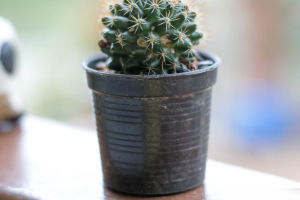Hello, Lykkers! Dandelions are known for their bright yellow flowers, but it's their seeds that captivate our imagination as they float effortlessly through the air.
Ever wondered how these tiny seeds manage to travel such long distances? Let's explore the science behind the dandelion's remarkable ability to fly.
The Structure of a Dandelion Seed
Each dandelion seed is attached to a feathery structure called a pappus, which acts like a tiny parachute. The pappus consists of around 100 fine bristles that spread out in a circular pattern. This design plays a crucial role in allowing the seed to catch the wind and remain airborne for extended periods.
The Role of Aerodynamics
Dandelion seeds are uniquely adapted to take advantage of air currents. The pappus creates a low-pressure vortex above the seed, reducing the air pressure and increasing lift. This allows the seed to stay in the air much longer than other plant seeds.
Key Factors:
Lightweight: Dandelion seeds are incredibly light, making it easier for them to be carried by the wind.
Low Terminal Velocity: The aerodynamic structure of the pappus ensures that the seeds fall slowly, giving them more time to be dispersed over greater distances.
Wind and Weather
The distance a dandelion seed can travel largely depends on the wind. On a breezy day, these seeds can soar up to several miles away from their original location. The dandelion's ability to release its seeds in response to favorable wind conditions ensures they can spread far and wide.
Survival and Adaptation
Dandelions have evolved to maximize their chances of survival. By spreading their seeds over a wide area, they increase the likelihood of finding a suitable place to grow. This strategy has made dandelions one of the most successful and widespread plants in the world.
Everyday Scenario:
Imagine blowing on a dandelion puff and watching the seeds drift away. Each seed you see is on a journey to find new ground, using the wind and its unique structure to travel farther than most other seeds.
Conclusion
The secret to the dandelion seed's impressive flight lies in its lightweight design and the aerodynamic efficiency of its pappus. This allows it to harness the wind and travel great distances, ensuring the widespread distribution of dandelions. Next time you see dandelion seeds floating through the air, you'll know there's more to their journey than meets the eye.
Dandelion: The Plant That Conquered The World
Video by Animalogic


